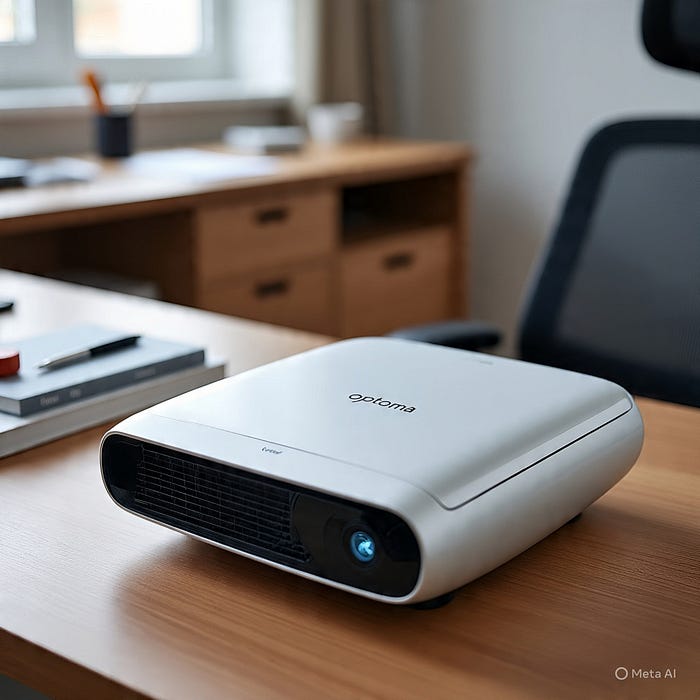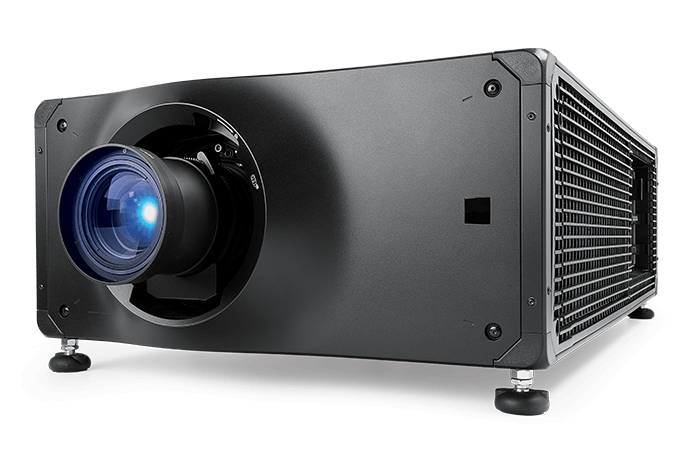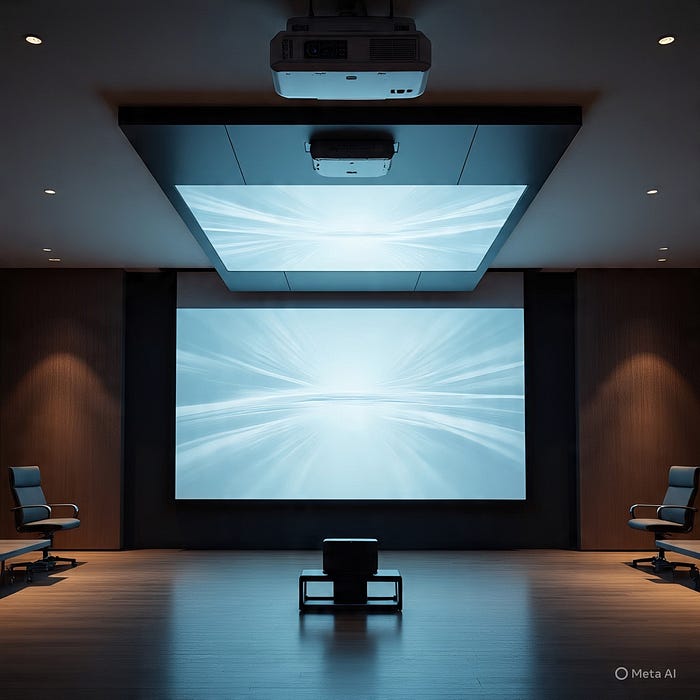Projection technology is entering its most exciting era. What began as a tool for presentations has transformed into a powerful medium for experiential storytelling, thanks to projection mapping and immersive visual environments. Today, businesses, creators, and event professionals are increasingly choosing Optoma projectors for their unmatched brightness, reliability, and advanced features — making them ideal for both small and large-scale immersive setups.
In 2025, projection mapping has become more accessible than ever. With high-performance solutions like Optoma laser projectors, Optoma large-venue projectors, and Optoma 4K projectors, even mid-sized events and retail brands can deliver breathtaking visual experiences that once required massive budgets.
What Is Projection Mapping?
Projection mapping is the technique of projecting visuals onto irregular surfaces instead of a flat display. Using high-brightness Optoma projectors, 3D mapping software, and creative content, walls, buildings, objects, and even natural landscapes can be transformed into dynamic digital canvases.
This technology blends art and engineering, allowing users to create immersive, multi-dimensional visuals that captivate audiences instantly.
Why Projection Mapping Is Growing Rapidly in 2025
1. Demand for Immersive, Share-Worthy Experiences
Today’s audiences crave environments that feel magical, interactive, and visually compelling. For this reason, event planners, artists, and brands frequently use Optoma large conference projectors and Optoma high brightness projectors for:
- Product launches
- Festivals & concerts
- Corporate ceremonies
- Retail activations
- Weddings & public celebrations
These projectors deliver stunning clarity and accurate colour even on massive surfaces.
2. Powerful Advancements in Projector Technology
Modern projection mapping relies heavily on the capabilities of the projector itself. Optoma’s latest lineup — including Optoma Z-Series Laser Projectors, Optoma Ultra-Bright Projectors, and Optoma 4K UHD Projectors — offer:
- Ultra-high brightness for outdoor and indoor mapping
- Long-life laser light sources
- Advanced edge blending & warping
- 4K / UHD resolution for crystal clarity
- Interchangeable lenses for flexible installation
These features ensure seamless multi-projector setups and large-scale immersive rooms where visuals feel lifelike and uninterrupted.
3. Cost-Effective Alternative to LED Walls
LED walls are popular but costly and limited in shape. Projection mapping powered by Optoma laser projectors offers several benefits:
- Works on any surface — curved, textured, large, or irregular
- More affordable for full-room or building-sized visuals
- Perfect for temporary exhibitions and events
- Lightweight & easier to install
This flexibility is one of the biggest reasons Optoma solutions are widely preferred across industries.
Industry-Wide Applications of Optoma Projectors
• Hospitality & Tourism
Hotels use Optoma installation projectors to design immersive lobbies, digital dining experiences, and interactive walls.
• Museums & Exhibitions
Optoma’s high-contrast and colour-accurate projectors help create historical recreations, immersive art displays, and educational simulations.
• Retail & Brand Activations
Brands use Optoma projection mapping projectors to enhance storytelling, create visual displays, and engage customers through interactive content.
• Education & Training Spaces
Universities rely on Optoma large-venue projectors to create dynamic learning rooms, simulation labs, and immersive lecture environments.
The Future: Interactive & AI-Driven Projection Mapping
Projection mapping is evolving rapidly. Combined with Optoma smart projectors, the next wave of immersive tech will include:
- AI-based content adaptation
- Gesture and motion-based interactivity
- Real-time visuals controlled by sensors
- Integration with AR/VR technologies
This will create living environments that react to movement, data, and even sound — making experiences more personalized than ever.
Conclusion
Projection mapping is revolutionizing how brands, institutions, and creators tell stories. And at the heart of this revolution are Optoma projectors, offering superior brightness, reliability, and installation flexibility. Whether for a massive outdoor show or a small indoor immersive space, Optoma delivers the performance needed to bring every creative vision to life.
Here you can see Important Links:-



